Costa Rica is known for its numerous natural treasures and a diverse animal world. If you want to do a “cultural and city trip”, Costa Rica will certainly not be the first choice when it comes to a dream vacation. Although Costa Rica has a vibrant metropolis with the capital San José, where the nightlife hardly stands still, the small country is not known for cultural beauties and lively city life.
If you are looking for a nature experience with Costa Rican flair you will find a few smaller towns in addition to San José that are worth visiting. The towns of Limón and Puerto Viejo de Talamanca on the Caribbean coast are the complete opposite of the hustled lifestyle. Hardly a day there and you will find yourself adapting to the leisurely pace wishing for more time.
In the highlands of Costa Rica you can also visit a few of the indigenous people in their villages. Many still live very traditionally with old rites and customs. Anyone interested in Costa Rican culture should plan a stop here to visit with the indigenous people.
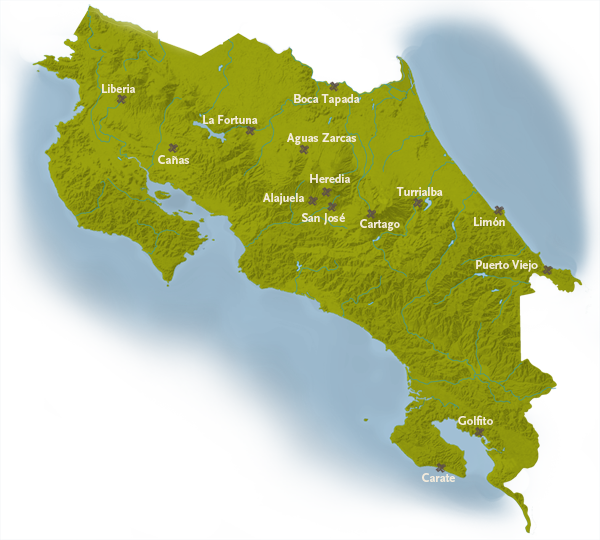
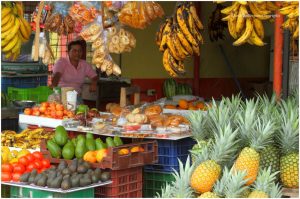
Alajuela is the second largest city in Costa Rica and the capital of the Alajuela province. Due to the plethora of mango trees in the city park, Alajuela is sometimes called the “city of mangoes”. The Parque Central is the right place to relax, eat an ice cream or just take in the surroundings.
At the edge of the park in the former city prison is the Juan Santamaria Culture and History Museum. Ex-presidents Tomas Guardia and Leon Cortes Castro are buried in a cathedral on the east side of the park. Juan Santamaria Park features a bronze statue dedicated to Alajuela national hero Juan Santamaria. He is known for his brave deed in 1856 when Nashville, Tennessee native William Walker led an army from Nicaragua into Guanacaste. There, the attackers were surprised by then Costa Rican President Mora and his 9,000-strong army. The army surrounded Walker and his men in a wooden fort (La Casona in modern-day Guanacaste) in Nicaragua. The drummer Juan Santamaria set a fire there, but was killed in the process. Nonetheless, this brave act succeeded in driving out William Walker and his army. In addition to the statue, a holiday was also dedicated to the national hero, the Día de Juan Santamaria on April 11th. This day is celebrated primarily in Alajuela, with music, dancing and parades.
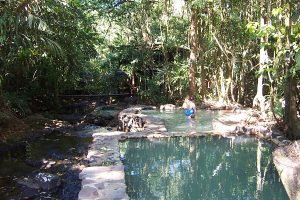
Aguas Zarcas is located at the foot of the central Cordillera Central mountain range and belongs to the canton of San Carlos, which belongs to the province of Alajuela. This place whose name comes from the hot mineral-rich springs is ideal for a wellness holiday. Here you can indulge yourself with massages, mud packs and aromatherapy in various thermal baths. Particularly popular is swimming in the hot springs, many of which are located in the forest where one can relax amidst tropical plants until late in the evening when the jungle is dimly lit. Aguas Zarcas also offers a lot for the more active people. The area can be explored on horseback or you can have fun with a canopy tour.
Most of the residents of Aguas Zarca live off agriculture and the city is still almost untouched in terms of tourism. It is well suited as a stopover on the way to or from the Arenal Volcano, but also for a longer stay. From here, the southern Juan Castro Blanco National Park is very easy to reach.
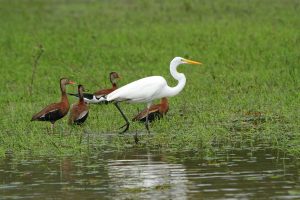
Cañas is located in the province of Guanacaste, just off the Interamericana. In the village there are several accommodations, bars and restaurants. The Rio Cañas, on whose banks the sugar cane (Cañas) grows, runs right through the town.
West of Cañas flows the Rio Corobici, a river about 40 km long that empties into the Gulf of Nicoya. The river got its name from Indian people who settled there in the early colonial period. The Rio Corobici offers optimal conditions for simple rubber dinghy and kayak tours . Such tours offer many opportunities to view the fascinating animal and plant world. Cañas is an ideal stopover on the way to northern Costa Rica and is a good starting point for tours to Palo Verde National Park. Lake Arenal is also in the vicinity. Most of the residents of the place live off rice and sugarcane cultivation or animal husbandry.
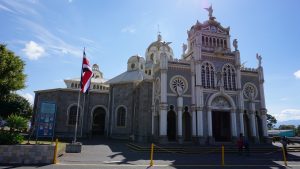 Cartago is the oldest city in Costa Rica and was also the capital until 1823. Cartago was founded in 1563 by Spanish governor Juan Vasquez de Coronado as the first Spanish settlement in what is now Costa Rica.
Cartago is the oldest city in Costa Rica and was also the capital until 1823. Cartago was founded in 1563 by Spanish governor Juan Vasquez de Coronado as the first Spanish settlement in what is now Costa Rica.
The history of the city is diverse. In the past, Cartago has experienced some eruptions of the Irazu volcano as well as flooding during the rainy season. In addition, the city was destroyed several times by earthquakes. That’s why almost all the buildings there are from the 20th and 21st centuries.
Cartago is also home to Costa Rica’s most famous church, the Basilica de Nuestra Senora de los Angeles. The story is told that in 1635 an auxiliary girl found a statue of the Virgin Mary and took it home. However, the statue twice disappeared from the girl’s home and reappeared where it was found. For this reason the basilica was built in this place. Inside the basilica there is a shrine with a small statue of Mary. This statue becomes the destination of thousands of pilgrims every August 2nd.
The port town of Golfito is located in southern Costa Rica in a well-protected bay. In the 1930s, the main port for transporting the entire harvest from all banana plantations to Panama was built here. Up to that time there were only Indian villages here. The social differences created by the banana trade can still be seen today: the local workers live in simple wooden shacks in southern Pueblo Civico, while in the northwest of the city, in the Zona Americana, the American business people live in villas.
Unemployment is still high here after the banana barons and the United Fruit Company pulled out of Costa Rica after a 72-day strike in 1985. The banana plantations were then used to produce soap, cooking oil and margarine or leased to farmers. To counteract this unemployment, a free trade zone, the Deposito Libre Comercial de Golfito was set up in Golfito in 1990 in which Costa Ricans can buy tax-free goods.
In the vicinity of Golfito there are many beaches with good swimming and surfing opportunities. There are also some day trips such as boat trips, sport fishing or tours to the Golfito nature reserve.
Heredia is the capital city of the Heredia province and is located northwest of San José. The city is surrounded by many coffee plantations on the foothills of the Barva volcano. The city enjoys a multicultural ambience due to the many foreign students who come to Heredia because of the university which is particularly well-known for veterinary medicine. There are also many language schools here where tourists can improve their Spanish.
Heredia has several cinemas, restaurants and student bars, some with live music. However, should you want to explore further, the cities of San José and Alajuela can be reached in a short time. In addition, Heredia offers many sights such as the Casa de la Cultura historical museum where ex-president Alfredo Gonzales Flores used to live. Alfredo Gonzales Flores also built the fortress “El Fortin” which is located on the north side of the Central Plaza. If you look closely, you can find something extraordinary here. The loopholes were accidentally installed the wrong way which was bad for the defense of the fortress and made it easy for attackers.
There is also the Basilica de la Inmaculada Concepcion, an old colonial cathedral. It was completed in 1797 after thirty years and has already survived several earthquakes. The bells of the cathedral come from Peru. Well-known personalities Paulo Cesar Wanchope, Costa Rican soccer player, and two-time President Oscar Arias Sanchez also come from Heredia. In 1987 he received the Nobel Peace Prize for the Arias Sanchez Plan which aimed at peace in Central America.
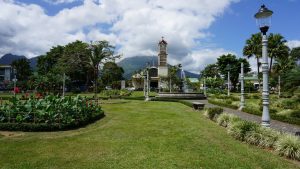
The small town of La Fortuna, in the province of Alajuela, is located relatively in the center of Costa Rica, in what is known as the Northern Plains. The city used to be considered a real insider tip due to its geological wealth, but now there are numerous hotels, restaurants and tour operators. Nevertheless, there are some beautiful and comparatively unknown spots in and around La Fortuna, which are definitely worth visiting.
The highlight of La Fortuna is the Arenal Volcano who seems to be impressively watching over the city. It is often covered by clouds, but in good weather you can see the picture perfect volcano from almost anywhere. Its thermal activity also ensures that there are some thermal springs, some of which are beautifully landscaped and are said to have healing properties. If you don’t want to go to a fully equipped thermal bath, you can also relax in the Tabacón river, which flows along its natural riverbed at a pleasant 37°C. Just outside of La Fortuna there is also a 70 meter high waterfall with opportunities for swimming.
Since La Fortuna is a popular destination for tourists from all over the world, you can also book all kinds of tours from here, such as canopy and rafting tours , hiking over suspension bridges, boat trips on nearby Lake Arenal, bird watching tours or cave visits. Also worth a visit is the Ecocetro Danaus which is dedicated to sustainable reforestation. You can also see sloths, caimans and agoutis and visit a butterfly house with the famous blue morpho. Check out our top 10 things to do in La Fortuna for more insider tips.
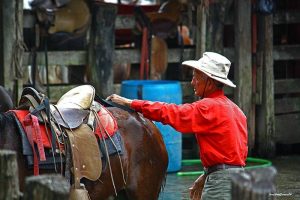
Liberia, located in the province of Guanacaste, is sometimes called Ciudad Blanca (white city) because of the white houses that used to be here. Liberia is a major transport hub in Costa Rica not only because of the Daniel Oduber Quiros International Airport and the proximity to many popular beach resorts, many national parks are also located here such as Lomas Barbudal, Palo Verde, Rincón de la Vieja, Santa Rosa and Guanacaste. Liberia has a lot to offer as a city and can give you the feeling of being transported back in time. It is the city of the sabaneros (Costa Rican cowboys) and it still hosts cattle fairs, rodeos, bullfights, etc. A stroll through the turbulent city is always worthwhile.
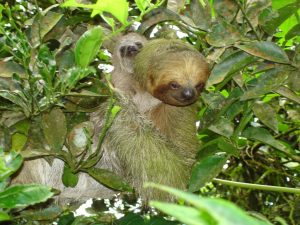
The Atlantic ocean in this region of the Caribbean is known for its waves and therefore also for surfers. Somewhat quieter beaches for sun lovers are located above the village. The waters around Puerto Viejo are not only suitable for surfing but also for divers and snorkelers to explore the underwater world. The national parks Cahuita and Manzanillo are known for a rich underwater world.
You can rent a bike or a horse and explore the area with them. Excursions to various Indian reservations are also offered. Since Talamanca is one of the least developed regions and a large percentage of the indigenous population lives here in the hinterland, a favorite tour offers the opportunity to get an insight into the life of the Indians today.
There is a tropical animal hospital about 300 meters south of Hotel Bouganvilea. Among other things, sloths are regularly treated here and prepared for release back into the wild.
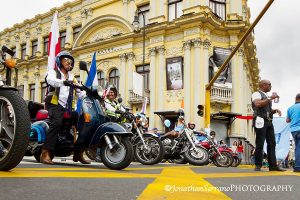
The capital city of San José is known for its National Theater and museums. The National Theater is an exact copy of the Opera House in Vienna, Austria. The National Orchestra of Costa Rica plays here and various international operas are performed. Right next to it is the Gold Museum which provides information about the occurrence and historical use of the precious metal gold. Furthermore, the Pre-Columbian National Museum and the Jade Museum are also worth a visit. In addition, the Museum of Natural History is worth a visit, as well as a special museum for children.
The city has great hotels, a variety of excellent restaurants and is wonderful for buying nice clothes cheaply. The city center is full of life during the day and almost resembles a bazaar with its numerous small street stalls. The Mercado Central (central market) is also worth a visit. During the day, the Avenida Central can be easily explored on foot, after dark we recommend cabs. In the various city parks you can take a short breather and spend a few quiet minutes in one of the small oases.
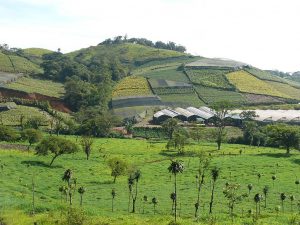
Turrialba is the capital of the canton of the same name and is located in the province of Cartago. Fruit and vegetables are grown on the fertile volcanic soil. There used to be a lake where the city of Turrialba is today. The valley slopes are wonderfully green and if you come from San José you have a fantastic view over the whole city. Formerly a transit town on the way to the Caribbean side, today it is an alternative for leisurely travelers.
Before the Spaniards settled Turrialba, the Indians inhabited this place. Due to epidemics, the number of Indians decreased and European settlers came who mainly used the land for agriculture. In 1890 the railway line was completed and the number of inhabitants began to rise steadily again.
The Turrialba volcano, a few kilometers north of the city, is only slightly active and therefore great to climb. If the weather is good, you have a beautiful view. The two rivers Reventazon and Pacuare are ideal for water sports enthusiasts, as you can do great rafting and kayaking tours. Excursions to the Guayabo National Monument also depart from Turrialba.
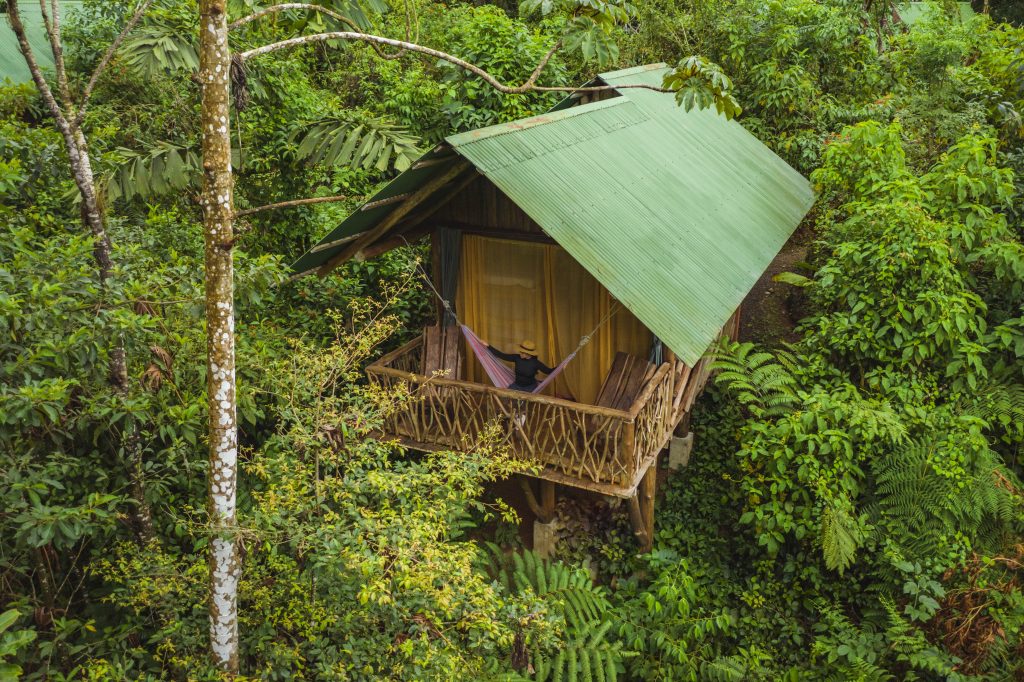
La Tigra Rainforest Lodge is a dream experience of tranquility, Costa Rican cuisine, and fresh eggs from the chicken house.

Many questions such as “What do I need to enter the country” arise during the travel planning. We answer these questions for you.
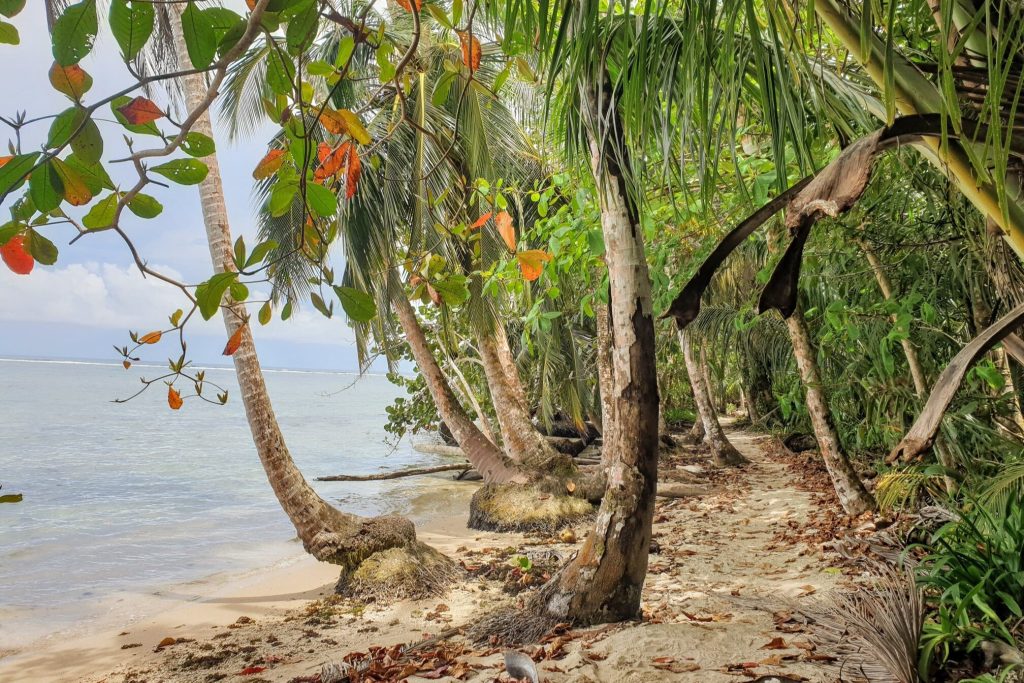
Don’t know when to visit? Find out more about the best times to travel to Costa Rica based on weather or flora and fauna.
We are your contacts for a successful stay in Costa Rica and look forward to your inquiries: info@costaricainsider.com